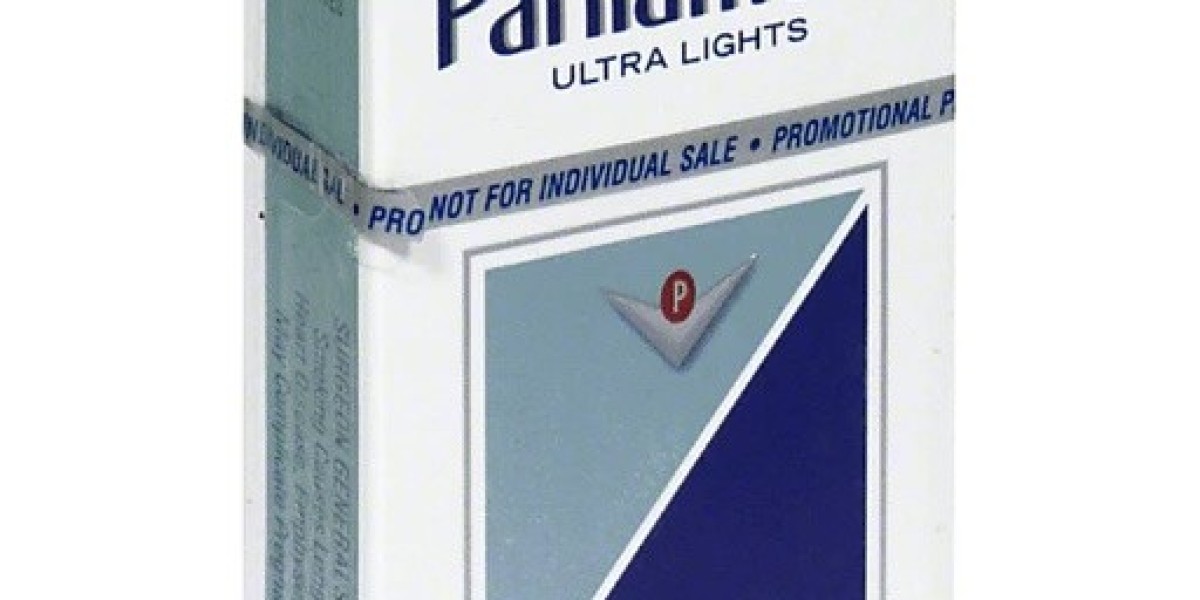Cigarette packaging in the United States has undergone significant transformations over the years, influenced by regulatory measures, public health campaigns, and shifting consumer attitudes. This article explores the evolution, current regulations, and the impact of packaging on smoking behavior.
Historical Context
Historically, cigarette packaging was designed primarily for aesthetic appeal and brand recognition. Bright colors, striking logos, and appealing imagery dominated the landscape. In the early to mid-20th century, brands used packaging to convey messages of sophistication and glamour, often associating smoking with a luxurious lifestyle.
However, growing awareness of the health risks associated with smoking led to increased scrutiny of marketing practices. By the late 1960s, the first significant regulations began to emerge, including the requirement for health warnings on cigarette packages.
Regulatory Landscape
The regulatory framework governing cigarette packaging in the U.S. has evolved considerably over the decades. The Federal Cigarette Labeling and Advertising Act of 1965 mandated health warnings on cigarette packaging. This was a pivotal moment, as it marked the government's acknowledgment of the health risks posed by smoking.
In 2009, the Family Smoking Prevention and Tobacco Control Act granted the Food and Drug Administration (FDA) the authority to regulate tobacco products. This law expanded packaging requirements, mandating larger, more prominent health warnings that cover a significant portion of the packaging. These warnings are intended to inform consumers about the dangers of smoking and discourage initiation among young people.
Current Packaging Requirements
As of now, cigarette packaging in the U.S. must adhere to strict guidelines set forth by the FDA. Key requirements include:
Health Warnings
Cigarette packs must feature specific health warnings that cover 50% of the front and back of the package. These warnings must include graphic images illustrating the health risks associated with smoking, such as lung cancer and heart disease.
Standardized Design
In some states, there are efforts to implement standardized packaging, which removes brand logos and colors. This approach aims to diminish brand identity and make the health risks more salient to consumers.
Child-Resistant Packaging
Regulations also require packaging to be child-resistant to prevent accidental ingestion by minors, further underscoring the responsibility manufacturers have in safeguarding public health.
Impact on Smoking Behavior
Research indicates that cigarette packaging plays a crucial role in shaping consumer perceptions and behaviors. The introduction of graphic health warnings has been shown to increase awareness of the risks associated with smoking and encourage smokers to quit. A study published in the journal Tobacco Control found that graphic warnings significantly reduced the appeal of smoking among adolescents, leading to lower initiation rates.
Conversely, attractive packaging can glamorize smoking, particularly for young people. While regulations have aimed to reduce this appeal, challenges remain. The tobacco industry continues to innovate with designs that comply with regulations yet still attract consumers.
The Role of E-Cigarettes and Alternatives
The rise of e-cigarettes and other tobacco alternatives has also influenced cigarette packaging. Many consumers now consider alternatives to traditional cigarettes, leading to a diversification in packaging strategies across the industry. E-cigarette packaging often employs sleek designs and vibrant colors, which appeal to a younger demographic, raising concerns among public health officials.
As the landscape of tobacco products evolves, regulatory bodies must remain vigilant in addressing the packaging strategies of new products to ensure they do not undermine public health efforts.
Conclusion
Cigarette packaging in the USA has transformed from an attractive marketing tool to a regulated instrument of public health. With strict requirements in place and ongoing research into the effects of packaging on smoking behavior, the goal remains clear: to reduce smoking rates and protect future generations from the dangers of tobacco. As the industry continues to adapt to new regulations and consumer preferences, the importance of effective packaging in promoting public health cannot be overstated.
Naijamatta is a social networking site,
download Naijamatta from Google play store or visit www.naijamatta.com to register. You can post, comment, do voice and video call, join and open group, go live etc. Join Naijamatta family, the Green app.
Click To Download

